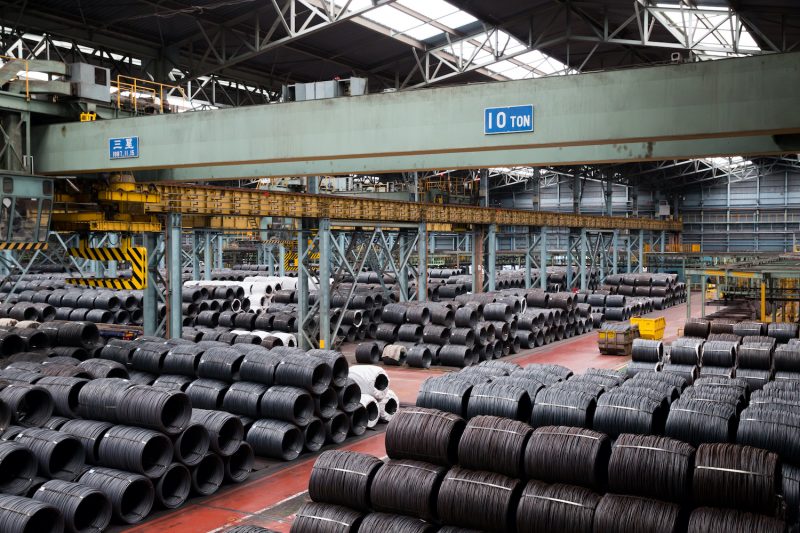
ambitions are taking shape as the nation’s top producers—Posco, Hyundai Steel, and Dongkuk Steel—invest in decarbonization technologies. With a goal of achieving carbon neutrality by 2050, these companies aim to reduce emissions by 95% from 2018 levels. Their pathways vary, but all rely on electric arc furnaces (EAF), hydrogen-based processes, and state-supported financing mechanisms.
Green Steel Transformation: From Blast Furnaces to Hydrogen-DRI
The focus keyphrase South Korean green steel reflects an industry-wide shift. Metallurgy accounts for 39% of industrial emissions in South Korea. To reverse this, the three leading steelmakers are replacing BF-BOF methods with EAF and hybrid models. Posco is the most carbon-intensive, with its Gwangyang plant ranked as the world’s top emitter in 2022. The company plans a full transition to HyREX technology by 2050, with a pilot project set to begin after 2030.
Hyundai Steel adopts a hybrid strategy using its balanced BF-BOF and EAF capacities. Through its “Hy-Cube” concept, it aims to lower emissions by mixing BF and EAF outputs. Meanwhile, Dongkuk Steel, already fully EAF-based, leads the race with the lowest carbon footprint. It focuses on digitalizing energy systems and expanding solar infrastructure to meet its net-zero goal.
Hydrogen, Scrap, and Policy: Critical Enablers for South Korean Green Steel
Achieving green steel targets requires access to renewable energy, hydrogen, and steel scrap. South Korea plans to phase out coal and scale up hydrogen use, producing 3 million tonnes of green hydrogen annually by 2050. However, steel will compete with power and cement sectors for supply. Scrap availability also poses a concern. By 2024, 20% of South Korea’s $4.8 billion scrap market relied on imports, mainly from Japan—a source that may shrink as Japan’s own green transition advances.
To address this, Posco invested $140 million to double its scrap collection centers. The government’s K-Taxonomy and green financing incentives also support steelmakers in their transition. However, unlike India or the EU, South Korea lacks an official green steel standard, though eco-brands like Posco Greenable and HyECOsteel are emerging.
SuperMetalPrice Commentary:
South Korea’s green steel roadmap signals a strategic, long-term pivot in one of the world’s most advanced industrial economies. The transition reflects a deliberate balance between economic competitiveness and climate goals. With rising global demand for low-carbon steel, especially in EVs and construction, Korean producers stand to gain. Yet access to scrap, renewable energy, and hydrogen will define who leads in Asia’s green steel race. Stakeholders should watch for evolving government policy, cross-border hydrogen trade, and investment in domestic resource loops.



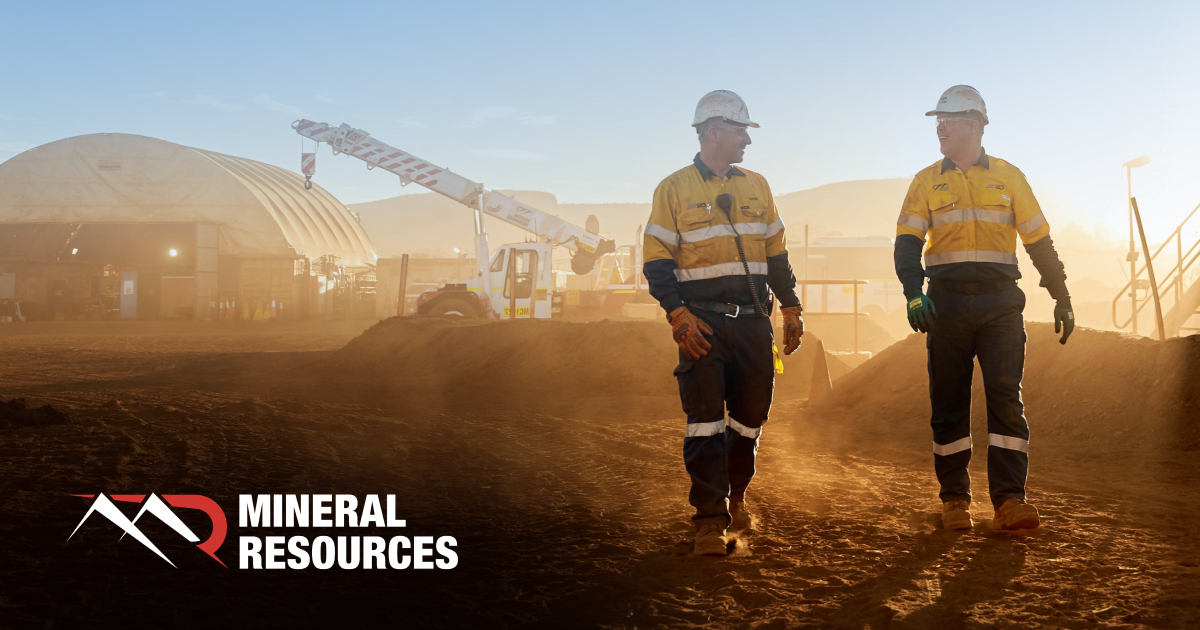
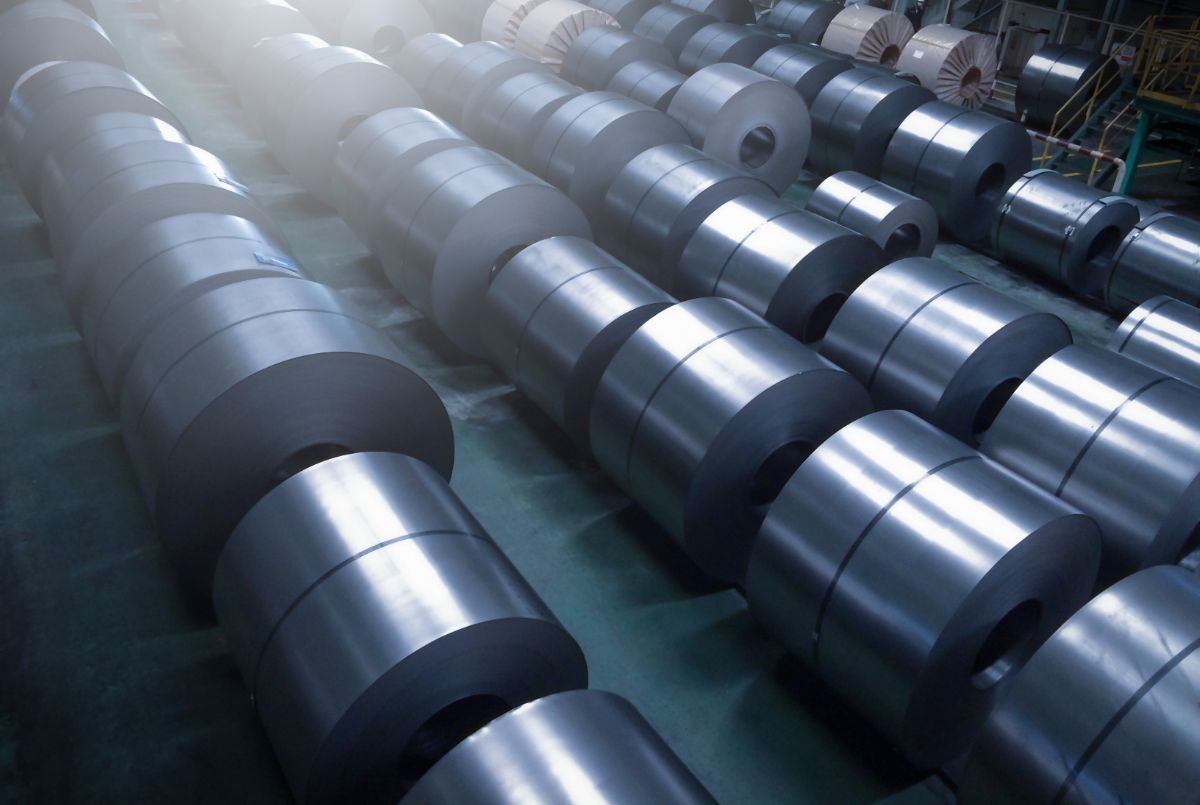


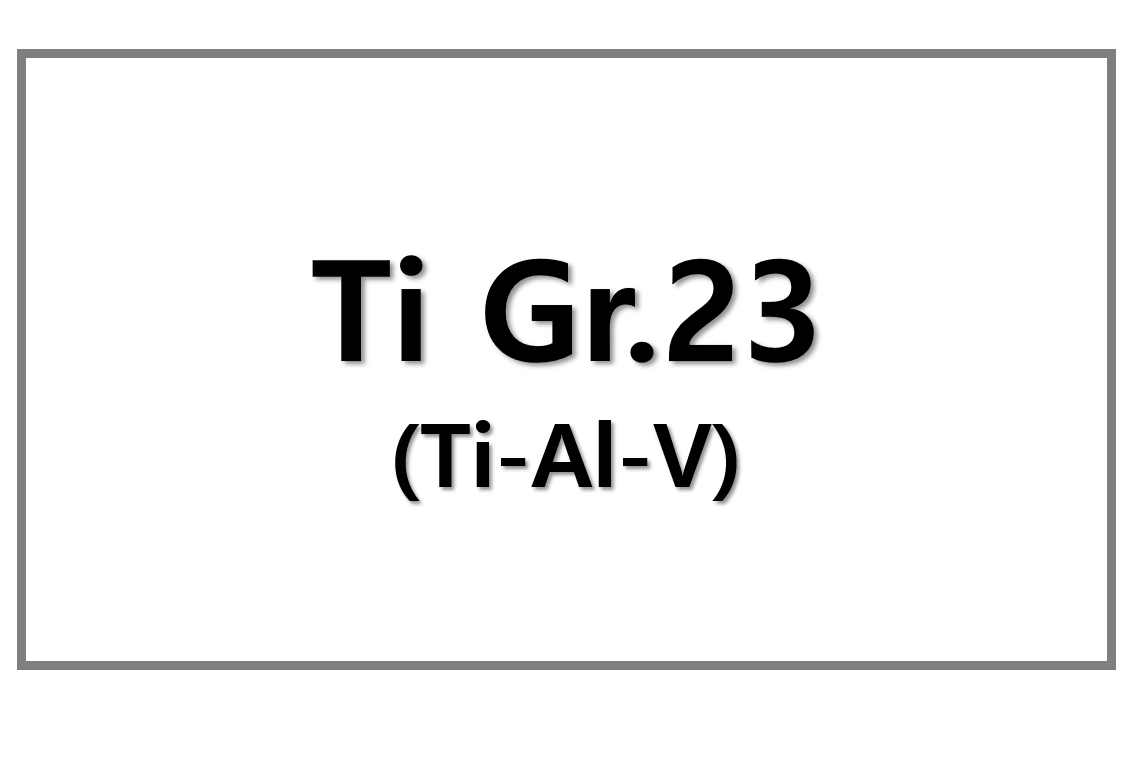
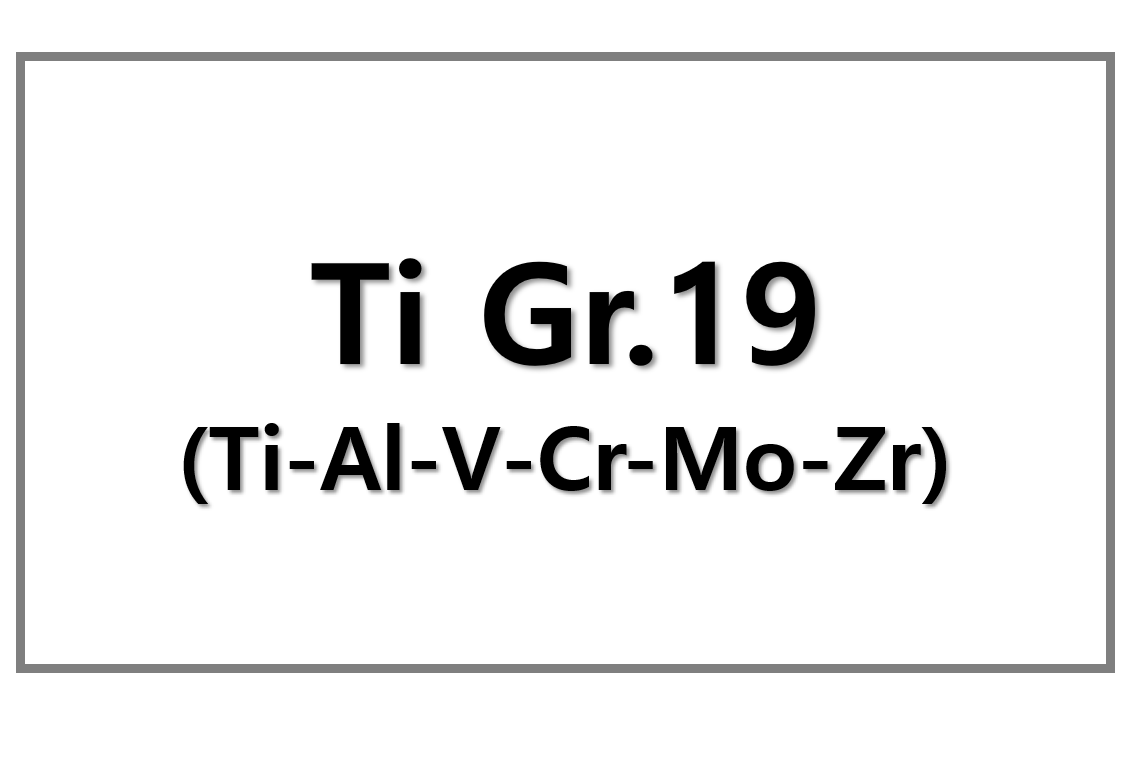
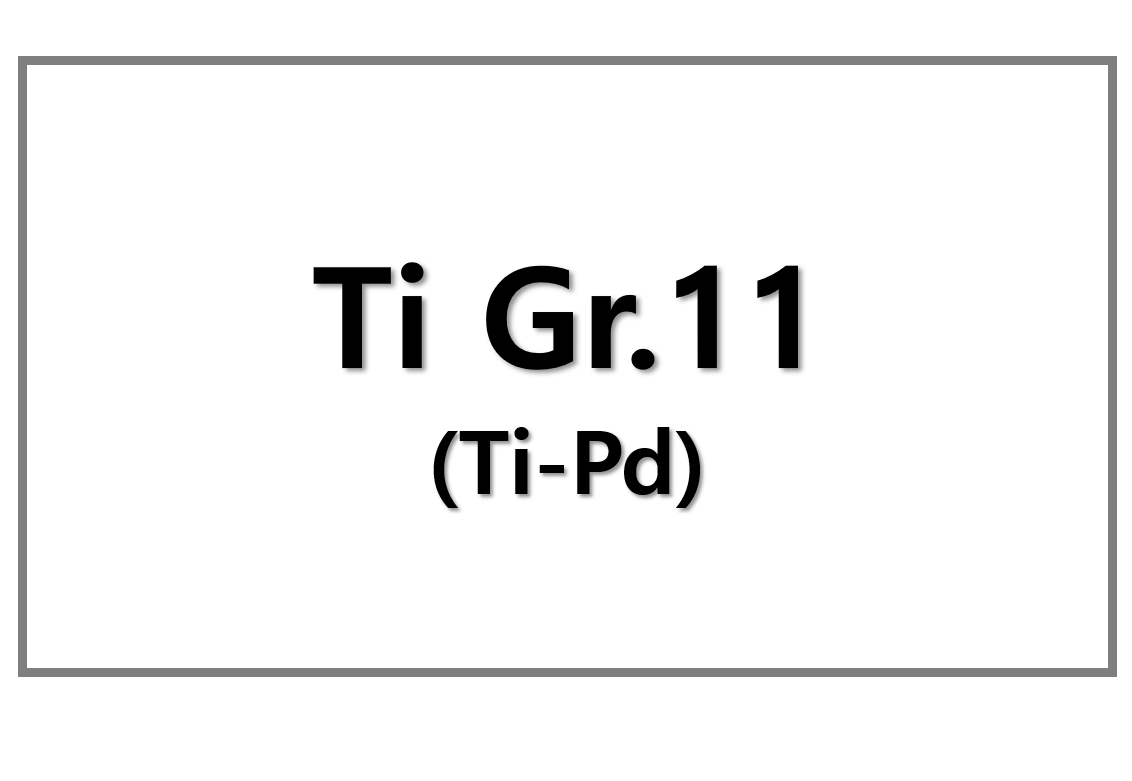
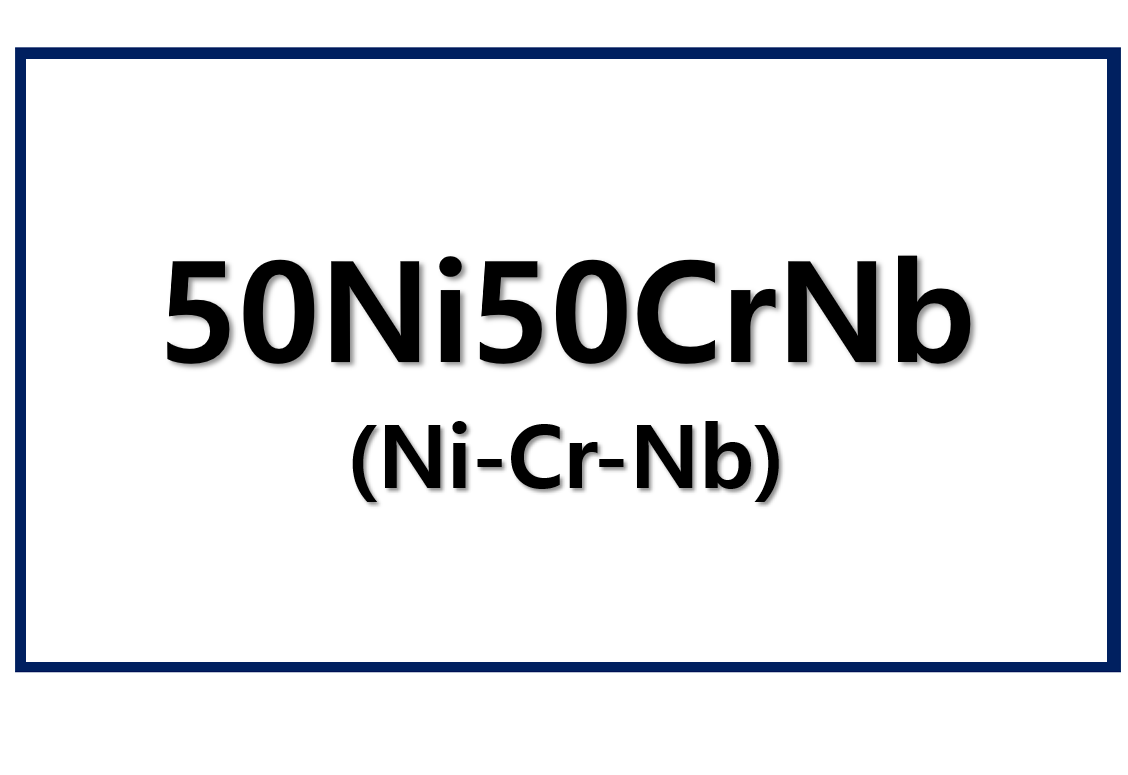
Leave a Reply
You must be logged in to post a comment.